When Reality Reigns
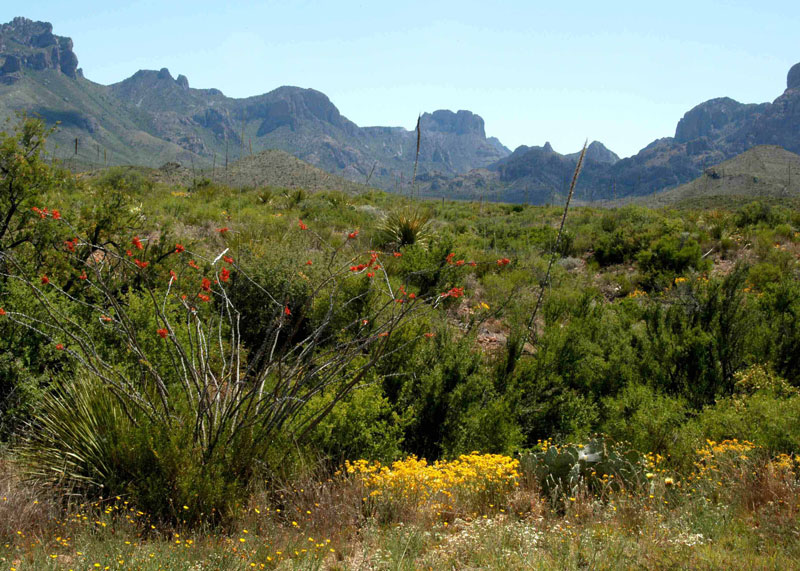
I can still hear my dad say the words. “A plant is only native where you find it growing in nature, Neil.”
My dad had his PhD in botany from the University of Nebraska. He founded the Biology Department at Sul Ross State Teachers’ College (now Sul Ross University) in Alpine almost 100 years ago. He moved on to co-found the Range and Forestry Department at Texas A&M in 1946. He retired 20-plus years later as Professor Emeritus in Range Ecology.
Native plants were my dad’s love. I tagged along with him all across Texas, and he patiently taught me the subtle differences between the north sides of hills with their shade and moisture and the south sides with their baking sun, and how the plants would be totally different as well.
Lynn and I hiked to the base of a well-known waterfall in Big Bend many years ago. We’d heard there were cattails and columbines growing together there. And that was true.
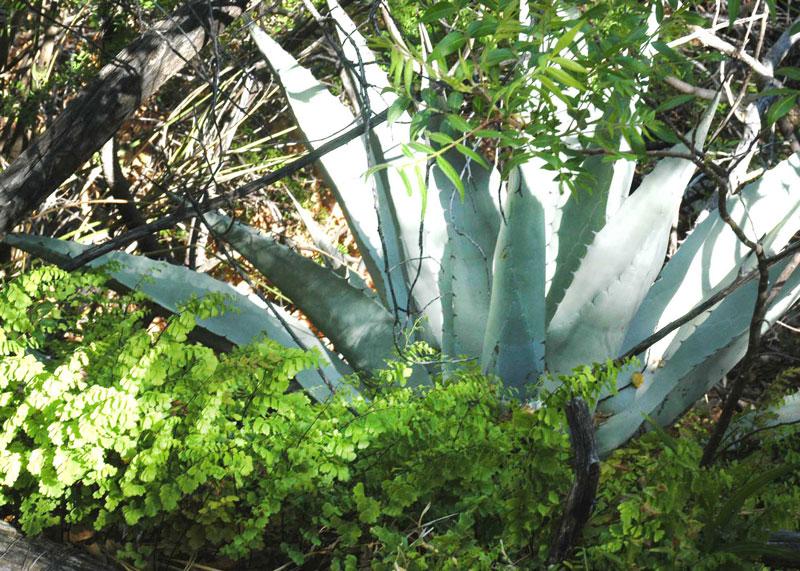
But even more surprising, just before we entered the marshy cottonwood/willow forest around the small pond I spied a maidenhair fern growing beneath a century plant agave. Those plants represented the epitome of the microclimates my dad had taught me. One more foot out into the sun and the fern would have baked. One more foot into the shade and the agave wouldn’t have had enough sunlight.
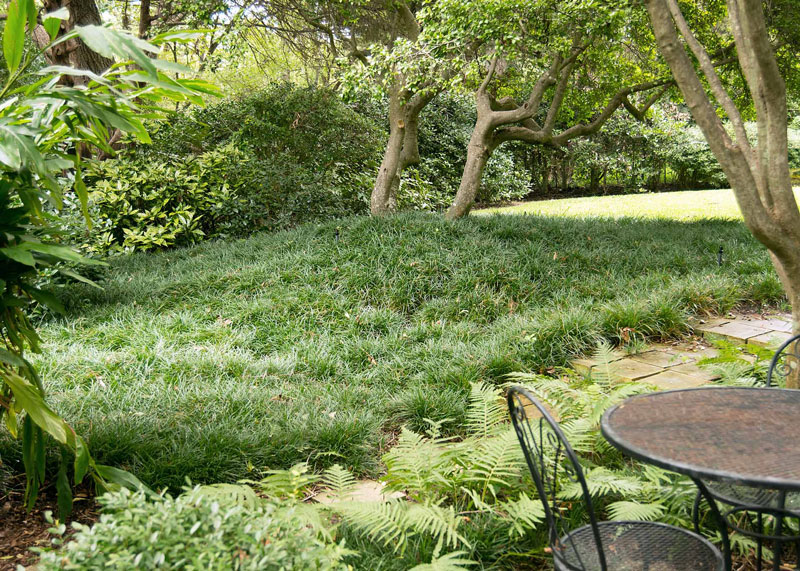

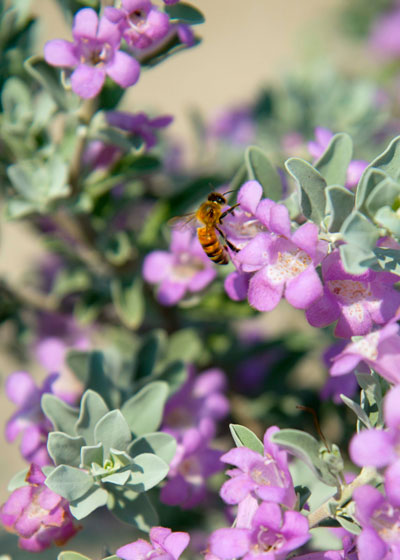
So, when you insist on “native” plants for your landscape, think twice about what you’re calling “native.” Is it native to your street? Your county? Your state? Just because a tree grows well in Beaumont doesn’t guarantee that it’s going to grow well in Bandera or Ballinger. Let your Texas Certified Nursery Professional tell you how well adapted that plant will be in your plantings. That needs to be your main operative word. If it’s native, that’s good, too. But keep adapted clearly in focus.
Long-flowering perennials…
And then there’s the question I hear many times every year: “Neil, I’m tired of having to replant annuals every year. I want to switch over to perennials. What types will bloom well for the whole season?”
Make a list of Texans’ favorite perennial flowers. I’ll help, but do add any I miss.
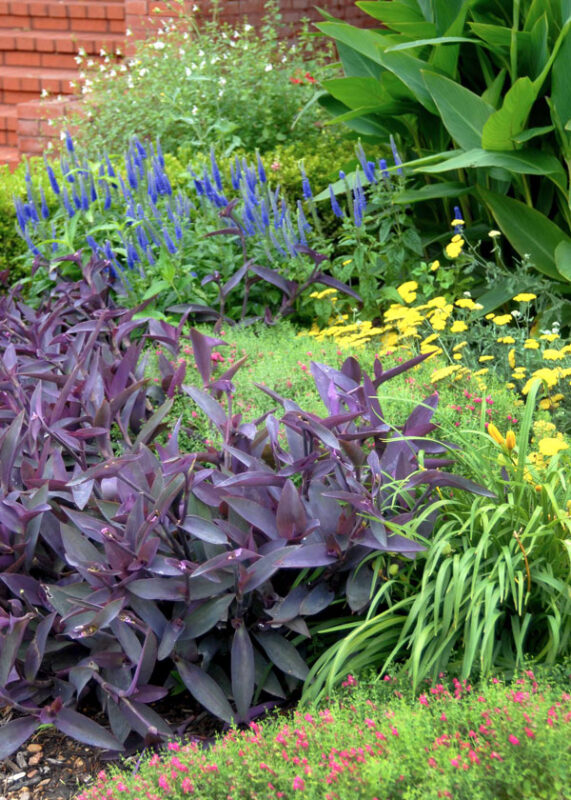
Daffodils, thrift and Louisiana phlox, iris, candytuft, St. Joseph’s lily, Shasta daisies, purple coneflowers, Texas Gold columbines, crinum lilies, gloriosa daisies, daylilies, salvias (several excellent types), cannas, lantanas, summer phlox, mallows, Turk’s caps, mums, oxblood lilies and spider lilies.
Of them all, only a handful will bloom more than two or three weeks before they shut up shop until the following year. Salvia greggii blooms in spring, sporadically in summer and again in the fall. Lantanas bloom almost non-stop mid-spring into early fall, but they’re not reliably perennial in the northern half of the state. Turk’s cap blooms summer, but better in fall. Most of the rest must be scheduled carefully to ensure you’ll have a full season of color.

By comparison, if you plant wax begonias in early morning sun and afternoon shade you’ll enjoy them for eight months. Fanflowers, pentas, angelonias, vincas, firebush, gomphrenas, coleus, and copper plants are colorful for many months. In winter, pansies, violas, pinks, ornamental cabbage and kale, snapdragons, and sweet alyssum pick up the torch.
In short, it’s easier to have almost year ‘round color from annuals than perennials. That’s not to discourage you from choosing and using perennials. You just need to know going in that it requires planning beforehand and ongoing maintenance afterwards.
